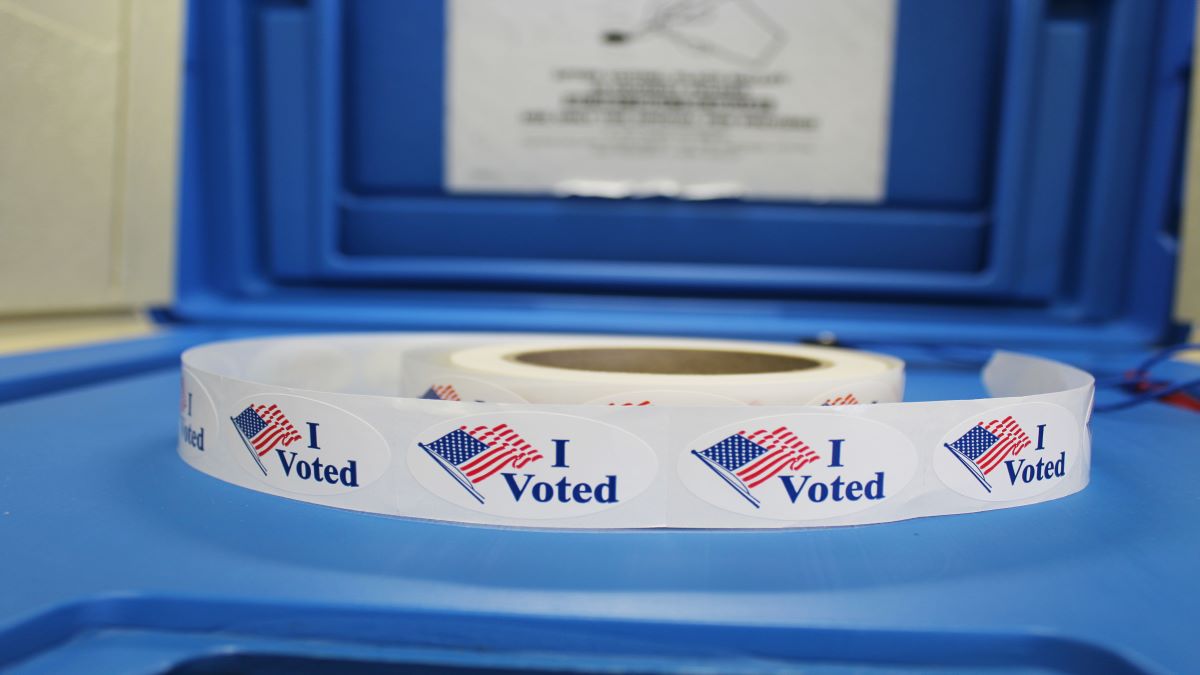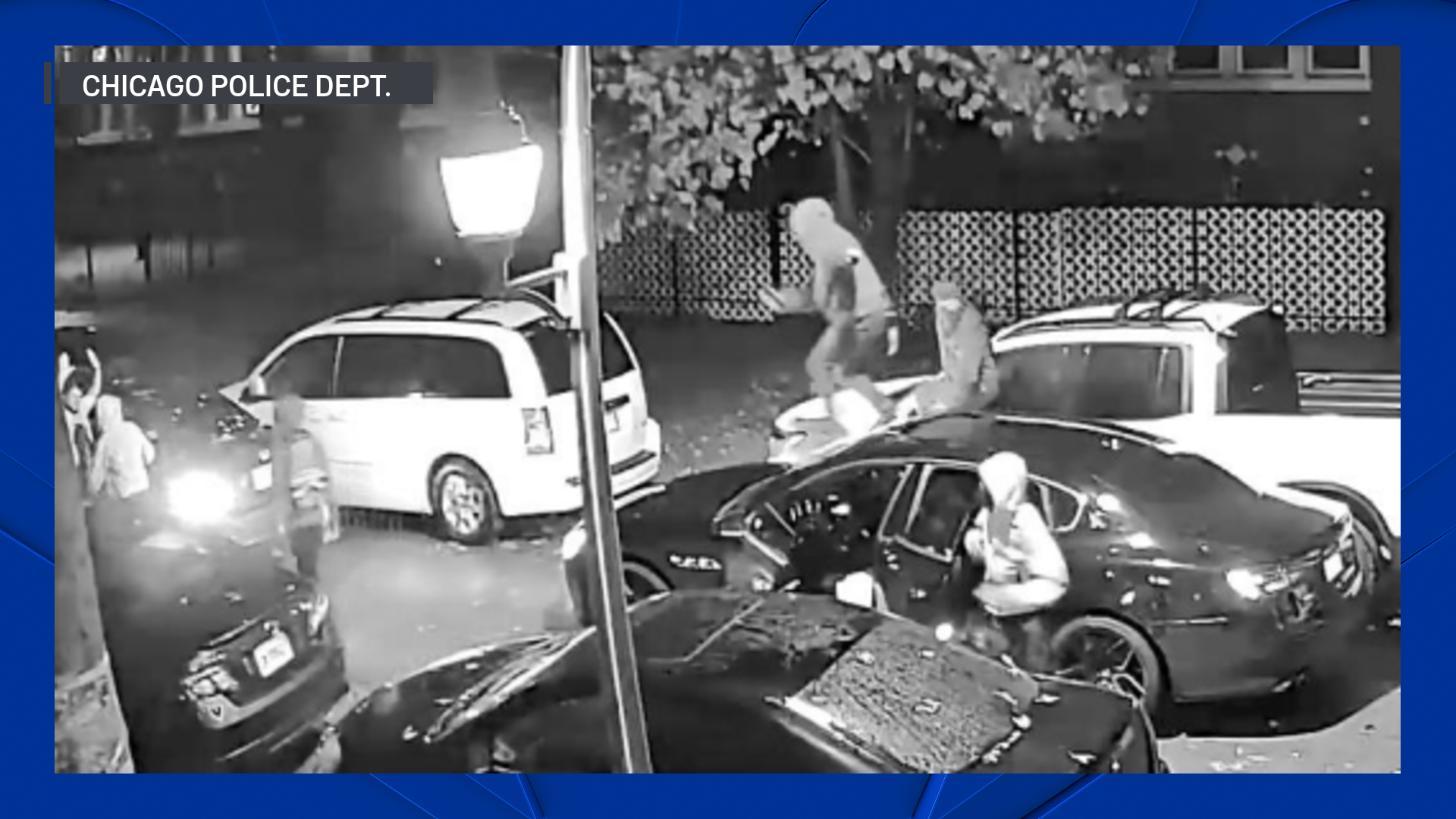Many children in Illinois will soon be getting to school in a new mode of transportation: electric school buses.
"This is inevitable. The yellow school bus will be zero emission and battery electric," said Nate Baguio, the senior vice president of commercial development with the Lion Electric Company.
Lion opened a nearly million-square foot manufacturing facility in Joliet last year.
"From frame rail, chasse, to the power train, to the skin on the bus, everything, it is all electric," said Baguio.
Lion is poised to construct buses for some Illinois districts in the years to come following the announcement of millions of dollars worth of federal rebates through the Clean School Bus (CSB) Rebates, part of the Biden Administration's Bipartisan Infrastructure Law.
"This is competitive, federal funding, which allocated $5 billion towards electric school buses," said Megha Lakhchaura, Illinois' State EV Officer.
"This year, we've actually got $90.7 million of federal funding toward 372 buses for our state," said Lakhhchaura.
Local
West Aurora District 129 is one of 28 districts to receive funding in the final round.
The district was selected to receive $5 million in rebate funding to purchase 25 "clean" school buses.
Feeling out of the loop? We'll catch you up on the Chicago news you need to know. Sign up for the weekly Chicago Catch-Up newsletter.
"It's a great opportunity to be able to reduce our carbon footprint," said Dr. Jeff Craig, superintendent for D129.
"This allows us to reduce pollution, be good stewards of our community."
Electric school buses are more expensive than traditional diesel buses. The rebates offset the difference.
"Electric buses are significantly more expensive, about $350,000," said Dr. Craig. "And our gas buses are roughly $150,000. So, the grant money bridges that gap."
Despite his optimism, Dr. Craig does have concerns about the transition to electric.
"How long does a charge last? How long does it take to recharge a battery?"
"What does cold weather do to batteries? We need to think about our charging stations. There’s energy consumption built into inherently to that as well."
Electric buses look similar to traditional diesel or gas buses. They're yellow, equipped with flashing lights and stop arms. And on the inside, similar grey interior. However, there is one major difference.
"These vehicles are quiet," said Baguio.
"That's a part of the pollution equation that is often overlooked, noise pollution."
There's also environmental pollution. According to the EPA, exposure to diesel exhaust has been linked to lung damage and asthma. Children are the most susceptible.
"The worst air the kids breathe each school day is on the yellow school bus. We're able to take that out of the equation," said Baguio.
According to the EPA, not only can diesel exhaust from idling pollute the air in and around the bus, it can also enter school buildings through air intakes, doors, and open windows.
Baguio also addressed some of the top questions surrounding electric school buses.
How long does a charge last?
"The range is about 160 miles per charge. That's from empty to full. Keeping in mind, the average school bus route is about 60-70 miles per day. These buses handle the range to get kids to and school without a problem."
How long does a full charge take?
"If you put in a Level 2 charging, which is the slowest, you’re looking at eight to nine hours. If you put in dc fast charging, you can charge a bus in a couple of hours, and be ready to go. We're talking empty to full."
How do electric bus batteries handle the cold?
"They are able to handle that. A lot of that is training school districts on how to own an EV. When that extreme cold hit, and light duty cars were frozen in place, that very same day, our buses out at the Williamsfield school district went out on a route and picked children up."
What is the lifespan of an electric school bus?
"It's the same useful life span as a regular school bus. You’re looking at a 15 year life span, useful life span, of these vehicles. The school bus that was diesel that you would scrap, it would go away, and sit in a scarp yard. The lifespan of an electric school bus is going to triple that. Batteries can be reused as 12 years of energy storage, then 90% of materials in the battery are recyclable."
How much is an electric bus and why are they so much more expensive than diesel?
"About $350,000. Largely due to volumes, this is an early stage. When you look at the cost through the whole life of the vehicle, in many, heavy EV cases, we’re already at cost parody today. There are 90% fewer parts. The cost to fuel these is 50-60% less, maintenance 90-60% less as well. Even though there’s an upfront sticker price for these, the cost of ownership goes way, way down over time."
If buses are quiet, how will parents and kids know they are coming? Isn't there a safety issue?
"We've armed the vehicle with a speaker that will play noise so the kids will look up, they know the school bus is coming, but you’re not rumbling through a neighborhood with a diesel engine all the time."
Dr. Craig says D129 is considering Lion for its transition to electric, which he thinks will happen in the 2025-26 school year.
Applications for the CSB Rebates are now closed. However, $17.7 million in state funding is available in three priority areas outlined in the Volkswagen Beneficiary Mitigation Plan.



